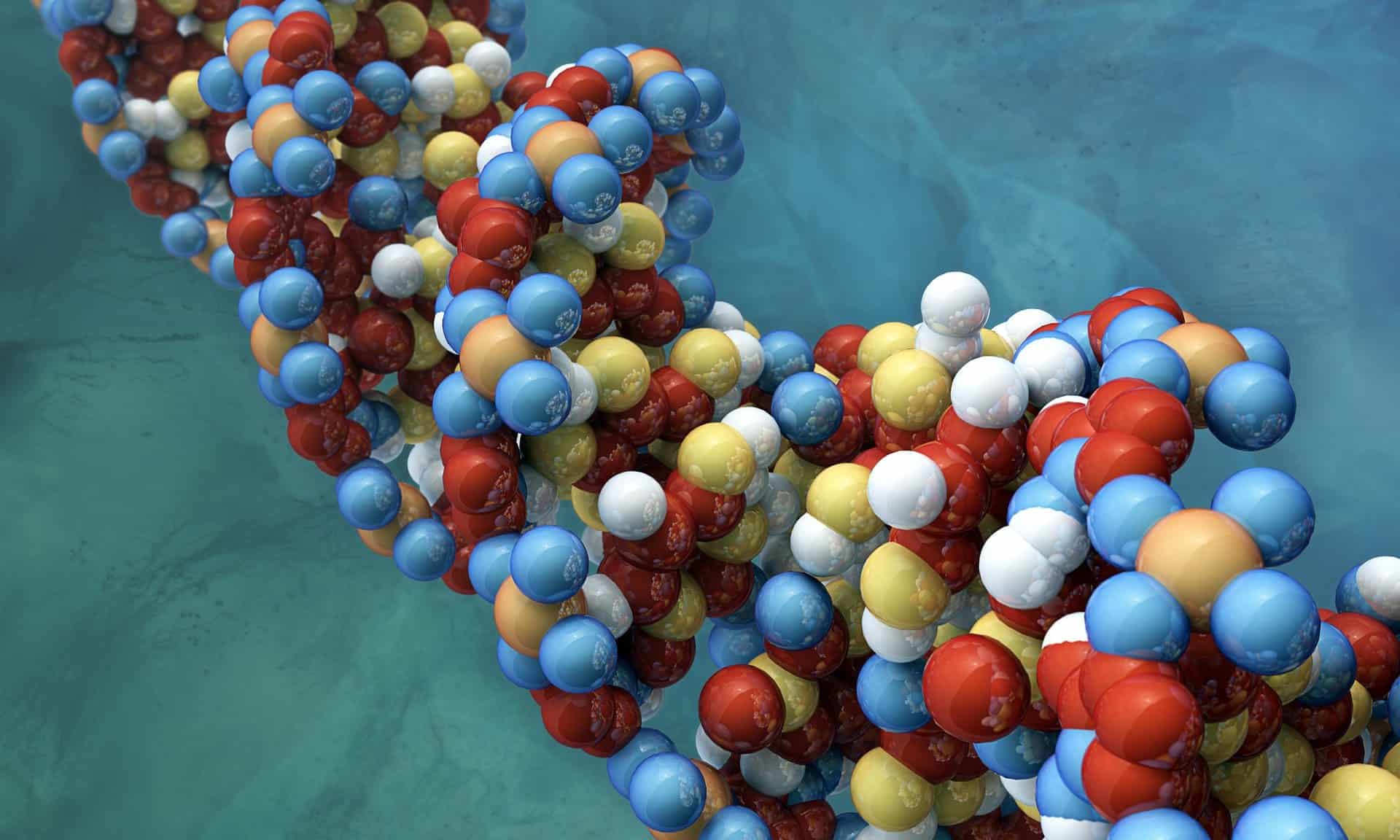More Efficient Editing with Non-Viral CRISPR-Carrying Nanoparticles
Using a technique known as “nucleic acid origami,” chemical engineers have built tiny particles made out of DNA and RNA that can deliver snippets of RNA directly to tumors, turning off genes expressed in cancer cells.
Normally the system uses harmless viruses, but that means patients can develop resistance to the treatment. So the new study involving mice has used nanoparticles instead, leading to what the team claims are the best success rate for the technique in adult animals.
An ideal CRISPR-Cas9 delivery system would limit how long cells are exposed to the genome editing technology in order to minimize potential off-target effects. Further, spCas9 is difficult to fit in typical AAV constructs with strong promoters, and patient immune response to AAV capsids can limit repeat dosing.
To address these challenges, a team led by researchers from the Massachusetts Institute of Technology developed a non-viral delivery system. They identified regions of single guide RNAs (sgRNA) that tolerate chemical modification without inhibiting their interaction with Cas9, while maintaining or enhancing genome editing
activity. They then demonstrated that a single dose of these enhanced sgRNAs (e-sgRNA) combined with Cas9 mRNA allowed for nearly complete editing of a target gene in the hepatocytes of live mice.One of many genes focused on this examine, referred to as Pcsk9, regulates levels of cholesterol. Mutations within the human model of the gene are related to an uncommon dysfunction referred to as dominant familial hypercholesterolemia, and the FDA not too long ago permitted two antibody medicine that inhibits Pcsk9. Nonetheless, these antibodies have to be taken commonly, and for the remainder of the affected person’s life, to supply the remedy. The brand new nanoparticles completely edit the gene following a single remedy, and the approach additionally affords promise for treating different liver problems, based on the MIT crew.
The researchers further analyzed sgRNAs to study which modifications they could make that the guide could tolerate. They engineered HEK293 cells to stably express GFP and spCas9 and introduced a functional sgRNA targeting GFP to abrogate the expression of GFP through the generation of frameshifting indel mutations. This experiment helped identify which modifications to the sgRNA were well tolerated and how its editing abilities were affected, the researchers noted.
Once they had determined which modifications worked best, the researchers sought to compare the editing efficiency of unmodified sgRNA-targeting GFP, a previously published chemically modified sgRNA termed 5’&3′-sgRNA, and the “enhanced” chemically modified sgRNA they had developed themselves.
“Cas9 mRNA and one of these three sgRNAs were delivered to HEK293 cells expressing GFP. This e-sgRNA generated a significantly higher number of indels than the 5’&3′-sgRNA and the native siRNA (43 percent, 22 percent, and 20 percent, respectively),” the authors wrote.
They conducted experiments by inhibiting a few disparate genes expressed by hepatocytes. However, their main focus was on the cholesterol-regulating Pcsk9 gene. They were successful in inhibiting this gene in over 80% of liver cells, and the Pcsk9 protein could not be detected in these mice. The team also discovered a 35% dip in the total cholesterol levels in the treated mice.
At present, the team is attempting to identify other liver diseases that can be cured by using this technique and to develop these methods for use in patients.
“I think having a fully synthetic nanoparticle that can specifically turn genes off could be a powerful tool not just for Pcsk9 but for other diseases as well. The liver is a really important organ and also is a source of disease for many people. If you can reprogram the DNA of your liver while you’re still using it, we think there are many diseases that could be addressed,” said Daniel Anderson, Department of Chemical Engineering, MIT.






























